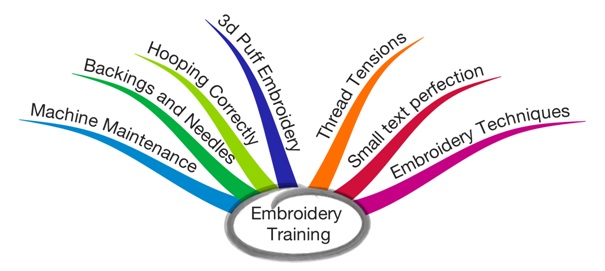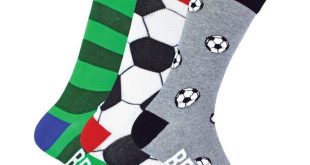 In a series of articles, Chetan Chandarana, MD of Netdigitizing, provides some top advice for embroiderers.
In a series of articles, Chetan Chandarana, MD of Netdigitizing, provides some top advice for embroiderers.
How many people do you know have bought a car before learning to drive?
And yet when it comes to embroidery machines some of us take a leap of faith without the adequate training.
An embroidery machine is not just a simple gadget like a photocopier, where you read the instructions, set it up and start using it immediately.
Magazine articles and YouTube videos are a great source of information but nothing beats one-on-one training from someone experienced.
As an embroiderer, your first job is to know how you can operate and take care of your machine.
You need to know the basic maintenance routine. Yes, we all get a nice, fat manual but there is no substitute for practical training. Small things like adjusting the needle correctly and perfect tensioning of threads has a huge impact on the quality of your embroidery stitching.
Working with different fabrics is very important. You should understand the reason behind why a design that looks nice on a apron could end up looking terrible on a woollen jumper, and how the right stabilisers and toppings can make your logo stand out.
When you embroider fabric, it has to be hooped correctly. Many beginners have found out to their horror that hoop marks get left behind on the fabric; therefore, part of your training should be how to avoid those hoop marks. You need to know tricky stuff like how to hoop Lycra fabric (hint: you don’t want to stretch the fabric at all). There are many ‘difficult’ materials to embroider, such as the kind used in towels and beanie hats; again, with the right training, you’ll learn correct and simple solutions to ensure great results.
Now let’s talk about the actual embroidered logo, what’s possible and what’s not. Blended colours, animal fur effects, faces, small text 3D puff embroidery – all these different types of embroidery are easily possible, but only if you are trained to use the right size and the right material. Lack of knowledge can result in lost opportunities and damaged garments, leaving you frustrated.
Luckily Madeira offers a comprehensive training course, co-hosted by Paul Macnamee of embroiderytraining.co.uk. Paul has a great deal of experience in the industry and has been involved with the embroidery training course for eight years.
Madeira has a vast range of threads toppings, backings and accessories to enhance your embroidery and one can familiarise themselves with all of these at the training programme.
The best part about the Madeira training course (www.madeira.co.uk/courses/training-courses) is that you can learn all of this and more in a single day.
I remember that when I entered the embroidery business three decades ago, I only learned from my mistakes (costly ones). In 1992, when we ditched our old manual punching system for our first computerised digitising software, my trainer was Sekip Surget. On the first day of my training, he asked me to get a sewing needle, some fabric and a hoop. Then he drew a small design and asked me to hand stitch it. This was a beautiful and a practical way of explaining the pull and flow of stitches and it laid the foundation for Netdigitizing.
Looking back, I can tell you that I have had a great deal of support from the industry and it has really helped. It is now time to give back to the industry. Please contact chetan@netdigitizing.co.uk to see what we can offer.
 Printwear & Promotion The Total Promotional Package
Printwear & Promotion The Total Promotional Package




